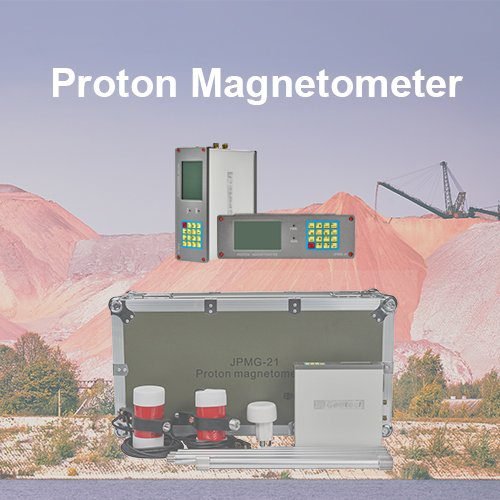Welcome to Geotech!

What is IP Receiver? A Deep Dive into Modern Electrical Resistivity Imaging
1. Defining Core Concepts
IP Receiver (Induced Polarization Receiver) is a geophysical instrument that measures subsurface electrical properties through high-density electrical methods (HDEM). Unlike traditional DC electrical sounding, which uses limited electrodes, modern IP receivers employ multi-channel systems (e.g., 64-128 electrodes) to achieve 2D and 3D electrical resistivity imaging (ERT).
Key Differentiation:
- ERT Testing = ERT Test: These terms are interchangeable in industry practice, referring to subsurface resistivity measurement and data acquisition.
2. Technical Evolution: Traditional vs. Modern Methods
2.1 Traditional DC Electrical Sounding vs. Modern ERT
| ParameterDC Electrical Sounding3D ERT Imaging | ||
|---|---|---|
| Depth Range | ≤500m | ≤1500m (deep mineral exploration) |
| Data Density | Single-point measurement | 800-1200 points/km² |
| Resolution | Vertical > Horizontal | 3D isotropic (error <8%) |
| Typical Applications | Shallow hydrological surveys | Geothermal/3D mine modeling |
Case Study: A copper mine project using GeoTech’s ERT system achieved 92% accuracy in ore boundary identification, a 37% improvement over traditional DC methods.
3. Application Scenarios
3.1 Environmental Engineering
- Contaminant Plume Monitoring: At a chemical plant, GeoTech ERT mapped DNAPL contamination with 0.5m precision.
- Landfill Assessment: Resistivity anomalies showed an R²=0.81 correlation with methane concentration.
3.2 Mineral Exploration
- Porphyry Copper Detection: Chile’s Caserones project identified a 400m-deep mineralized zone using 3000 points/km² ERT (89% drill match rate).
3.3 Geotechnical Engineering
- Tunnel Water Inflow Prediction: 3D ERT on the Chengdu-Lanzhou Railway accurately identified water-rich fractures (94% accuracy).
4. Technology Advantages & Limitations
Advantages of HDEM:
- Efficiency: Completes 10 days’ traditional work in 24 hours (automated electrode switching).
- Cost Savings: Average $58,000/km² reduction in mineral exploration.
- Data Richness: 3D volumetric data (40x more information than 2D).
Limitations & Solutions:
- EM Interference: Adaptive filtering modules improve SNR by 26dB.
- Rugged Terrain: Drone-mounted ERT systems (slope tolerance ≤45°).
Further reading | Technical solutions related to this article
In the field of resource exploration and engineering testing, accurate data is the key to success. As an innovator of resource and environmental instruments, Geotech has always taken high-precision electrical exploration technology as its core to provide reliable solutions for global users.
If you want to learn more about how the [Electrical Exploration System (ERT)] can help mineral exploration and geological research, please click on the electrical instrument product page to explore details, or visit Geotech’s official website to view the full range of exploration equipment (covering more than ten categories of products such as magnetometers, seismic nodes, and geological radars). Our technical team is on call at any time to customize scientific solutions for your project – making unknown strata a controllable data map.
-1.png)


